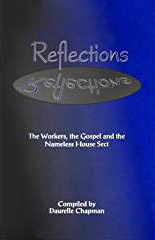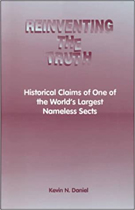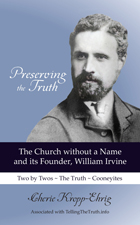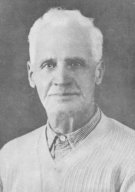Kilsyth – Kilabhuinusith, (Gaelic) "church of the river of peace," anciently Monysbrock, or Monasbrugh – was founded prior to 1217, but relics found in and about the town show settlements back as far as 3000 BC.
The town lies in the Kelvin Valley, through which flows the river Kelvin, which joins the Clyde near Glasgow and gives its name to such great institutions as the Kelvingrove Museum, and (indirectly) to the Kelvin temperature scale.
Kilsyth’s population of just under 10,000 today work in a variety of occupations including various manufacturing and electronics in the nearby town of Cumbernauld (a new town started in the 1950s). The town centre has been closed to vehicles and the cobbled streets make for pleasant pedestrian access to a variety of shops.
Kilsyth still shows evidence of its mining days. Coal, iron and quarrying were the main mining activities in and around the town. Today “bings” (huge heaps of mine tailings) abound in the Kelvin valley though now well covered with pleasant trees and shrubs through which there are many walks.
The Forth and Clyde Canal flows near the town through the valley. Connecting Glasgow and the Clyde on the west coast with the Firth of Forth on the east coast, and connecting to the Union Canal connecting to Edinburgh, the canal network was re-opened in 2001. It had been closed in several places in the 1960’s and became a series of locked swamps and waterways. Bridges have been rebuilt to allow through traffic and these days a thriving and growing traffic of pleasure craft motor past Kilsyth replacing the commercial traffic of a bygone era.
Other evidence of Kilsyth’s past are visible in its surrounding countryside. The Roman Antonine Wall is a popular historic site, with forts every so often along the wall built in the time of Christ. Less old is the battlesite dating from 1645 of the skirmish between the Royalists and the Covenanters.
Kilsyth is well connected by roads and rail to Glasgow and Edinburgh, Scotland’s capital. Many residents commute daily to these work places, with Edinburgh being the centre for commerce and politics while Glasgow is the centre for industry, even without the historic shipbuilding of yesteryear.
Kilsyth has always been a town of religious revival, with three periods of specific activity being of note spanning three centuries. Today there are more churches than would be expected for a Scottish town of this size, and also many bars. But Pubs and Churches are not the only culture. The annual Kilsyth International Festival is a riot of music, art, dance, crafts and much more. A popular Farmers Market is held each month, where local producers sell their wares in the town streets.
Clubs and associations are found in the town with many dating from hundreds of years back. The Masonic Lodge received its charter in 1740. Swimming, kayaking, yachting, fly fishing and hill walking are some of the sporting activities, but they are eclipsed by golf, Scotlands traditional sport with several courses within 5 miles of Kilsyth.
Another link with history is the Colzium Estate, dating from 1782 and today a popular tourist and recreational grounds surrounding the estate house, with its walled garden, ice house, curling pond, arboretum and splendid gardens.
Kilsyth’s architecture reflects its history, and today there are houses from those which were originally mining cottages, to the most modern of recent days. Housing prices are about average of those found elsewhere in Scotland.
Kilsyth today is a typical smallish Scottish town. The market town and mining towns days over, but not forgotten. Its history is remembered by the many physical features that today are more sources of relaxation and pleasure. Its citizens of previous centuries mostly forgotten, but remembered mainly by what they left behind as evidence of their industry and belief.
Written by a Resident of Kilsyth, 2006

 REPRESENTING THE LARGEST COLLECTION OF 2X2 HISTORICAL DOCUMENTS ON THE INTERNET
REPRESENTING THE LARGEST COLLECTION OF 2X2 HISTORICAL DOCUMENTS ON THE INTERNET
 Perry, Oklahoma Conv, 1942
Perry, Oklahoma Conv, 1942






